Love him or hate him, musician and filmmaker Rob Zombie definitely is an iconic figure in his own right. A leading horror director since the last two decades, Zombie is popular for his hyper-violent and disturbing horror films that often rely on sadistic criminals rather than any supernatural beings. Newbies to his filmography can have the quintessential Rob Zombie experience by watching his Firefly trilogy, a series which mostly deals with members of a homicidal cult unleashing their reign of terror in the Texas hinterland.
Having created iconic characters like the killer clown Captain Spaulding and his manic daughter Baby Firefly, Zombie has also had other experiments like a Halloween reboot, and adult-animated musical The Haunted World of El Superbeasto. Even though most of his works have been box-office successes, he's definitely a polarizing figure among critics and audiences.
10 Revolutionized: Raw And Gritty Filmmaking Style
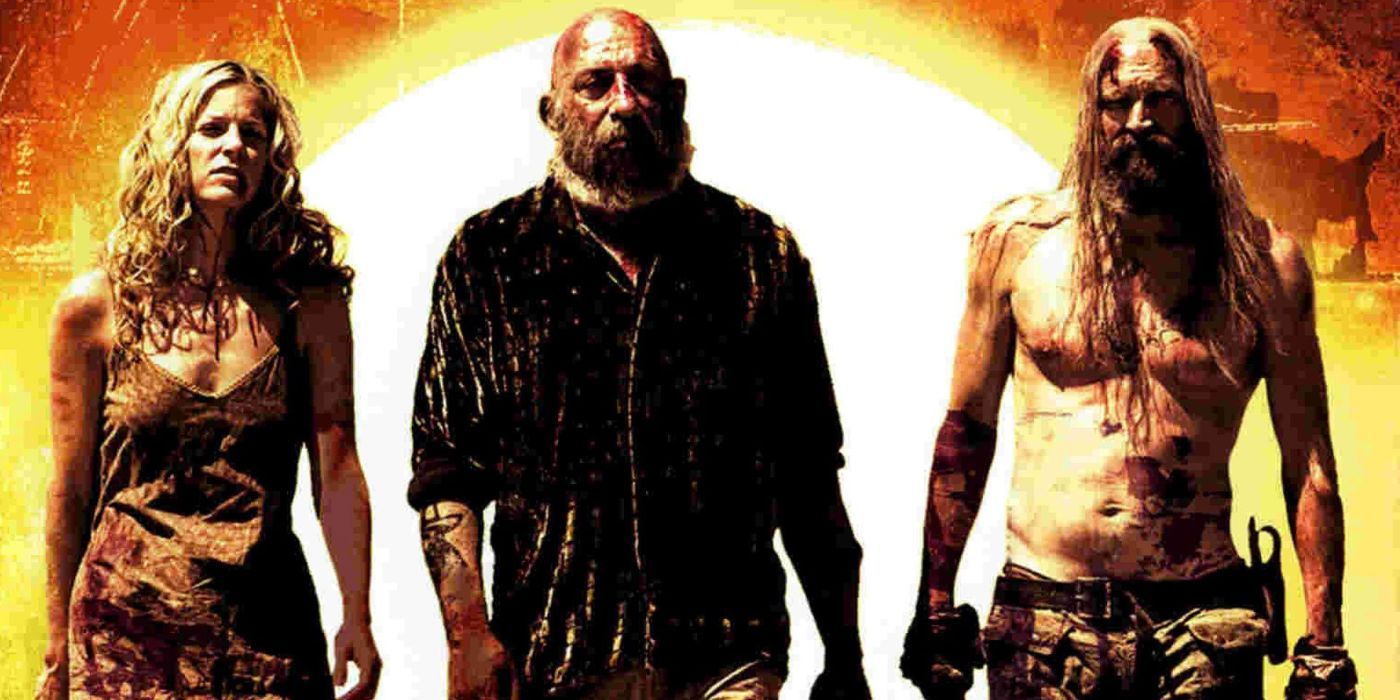
There's something about Rob Zombie's style of filmmaking that feels raw and realistic. His films are definitely stylish, but they don't seem to focus on extremely lavish or nuanced set-pieces or production design. Rather than relying on night horrors, most of his films take place on hot summer days against desert landscapes. The style of horror and the thrills that he provides might even remind viewers of auteur Robert Rodriguez's trademark neo-Western style.
His loud characters, disturbing violence, and recurring cast members like Sid Haig and his wife Sheri Moon Zombie make for a unique style that has become his trademark.
9 Hurt: Monotony In Style
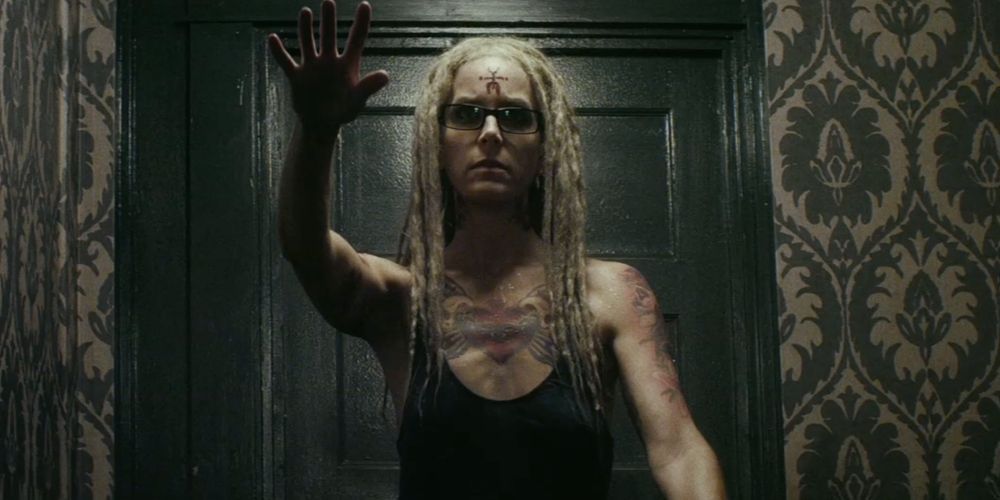
While the Firefly trilogy had a self-aware style of ludicrousness, his other films like 31 could not rework the same thrills. This is an issue with the Halloween reboots, too, as his extreme violence and nudity in these films seemed a tad bit too unnecessary. While he did try to break away from John Carpenter's atmospheric horror in the original, Zombie's style felt a bit out of place.
As for his other films, the story and character arcs are becoming a bit predictable, with similar settings and characters. Meanwhile, other current horror directors like James Wan and Mike Flanagan are trying to be as versatile as they can.
8 Revolutionized: The Inclusion Of Cults
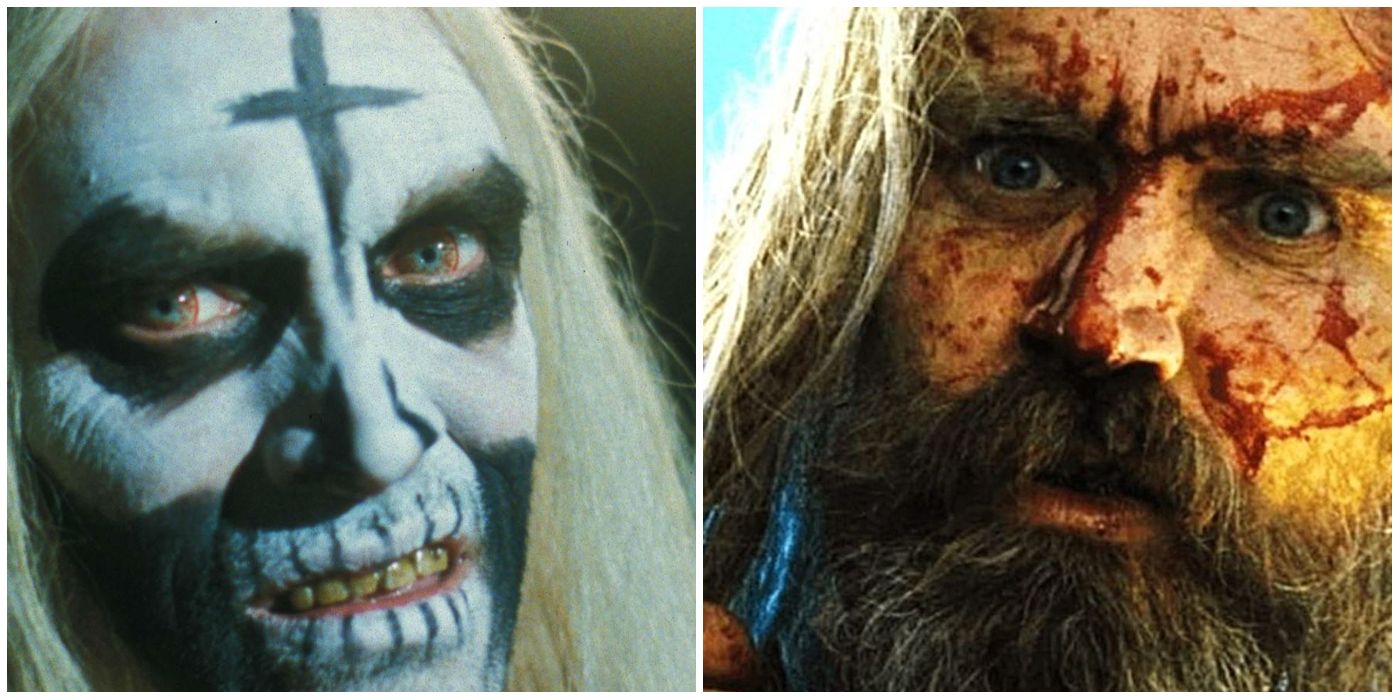
Featuring murderous cults isn't a new trope, but Zombie's reworking of cult-horror has yielded interesting results. One can get heavy influences of Charles Manson's trope with the antagonists in House of 1000 Corpses. In fact, the character of Otis Driftwood bears many similarities to Manson himself. Additionally, The Lords of Salem features a group of Satan-worshipping women.
The devil-worshipping cliché aside, Zombie is a master at creating cults of killer clowns, as seen in 31, and Captain Spaulding, the leader of the Firefly family.
7 Hurt: The Halloween Reboots
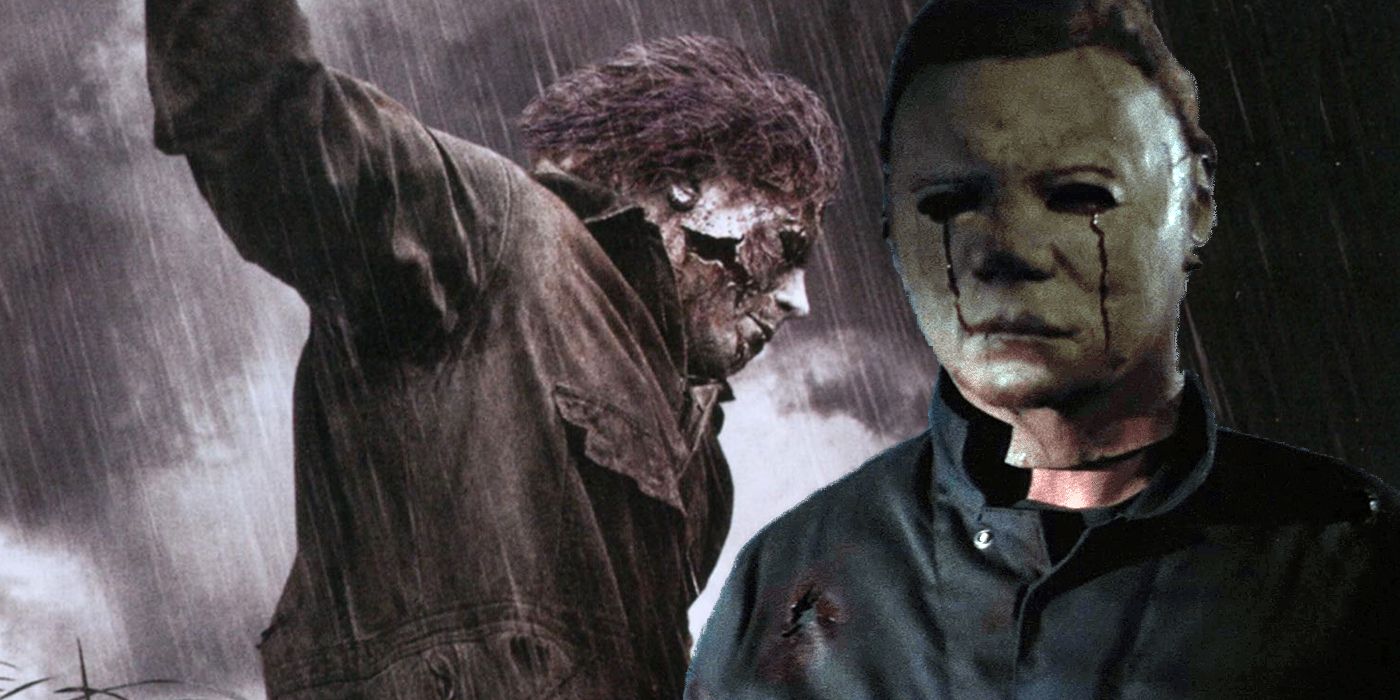
Zombie's Halloween and Halloween II were decent attempts at reworking the classic slasher story, but, somehow, they failed to leave a mark. While they are definitely better than the unnecessary sequels to the original film, Zombie's version seemed to be lacking some soul.
The first part, in particular, drew favorable responses in its initial scenes. Critics praised how Zombie attempted to take a deeper look into Michael Myer's origins and homicidal motivations. However, by its third act, many were disappointed and found the film to be just a montage of familiar slasher elements. The sequel drew more unfavorable reviews for emphasizing gore over actual thrills.
6 Revolutionized: Focus On Realism Over The Supernatural

Playing around with supernatural elements can lead to oversaturation of the horror genre, and only a few masterful directors can still pull it off. Zombie, however, is great at creating a more grounded and believable horror setting. Ghosts and ghouls might not be real, but psychotic clowns and killer cults are very much real.
Just take Sid Haig's brilliant portrayal of Captain Spaulding. The killer clown, best-shown in The Devil's Rejects, is disturbingly creepy with his soiled teeth and ugly makeup. The character is also believable because of real-life influences like John Wayne Gacy, a performing clown who turned out to be a notoriously sadistic serial killer.
5 Hurt: Style Over Substance

Like the aforementioned Robert Rodriguez, many of Zombie's films are heavy on style but lacking in substances. His films boast of a low-budget style, diverse makeup effects, blood-ridden violence, but these elements still lack depth eventually. Most of his films are remembered today for a few iconic scenes and the eccentric characters rather than the storyline in itself.
4 Revolutionized: Offbeat Humor To Accompany The Violence
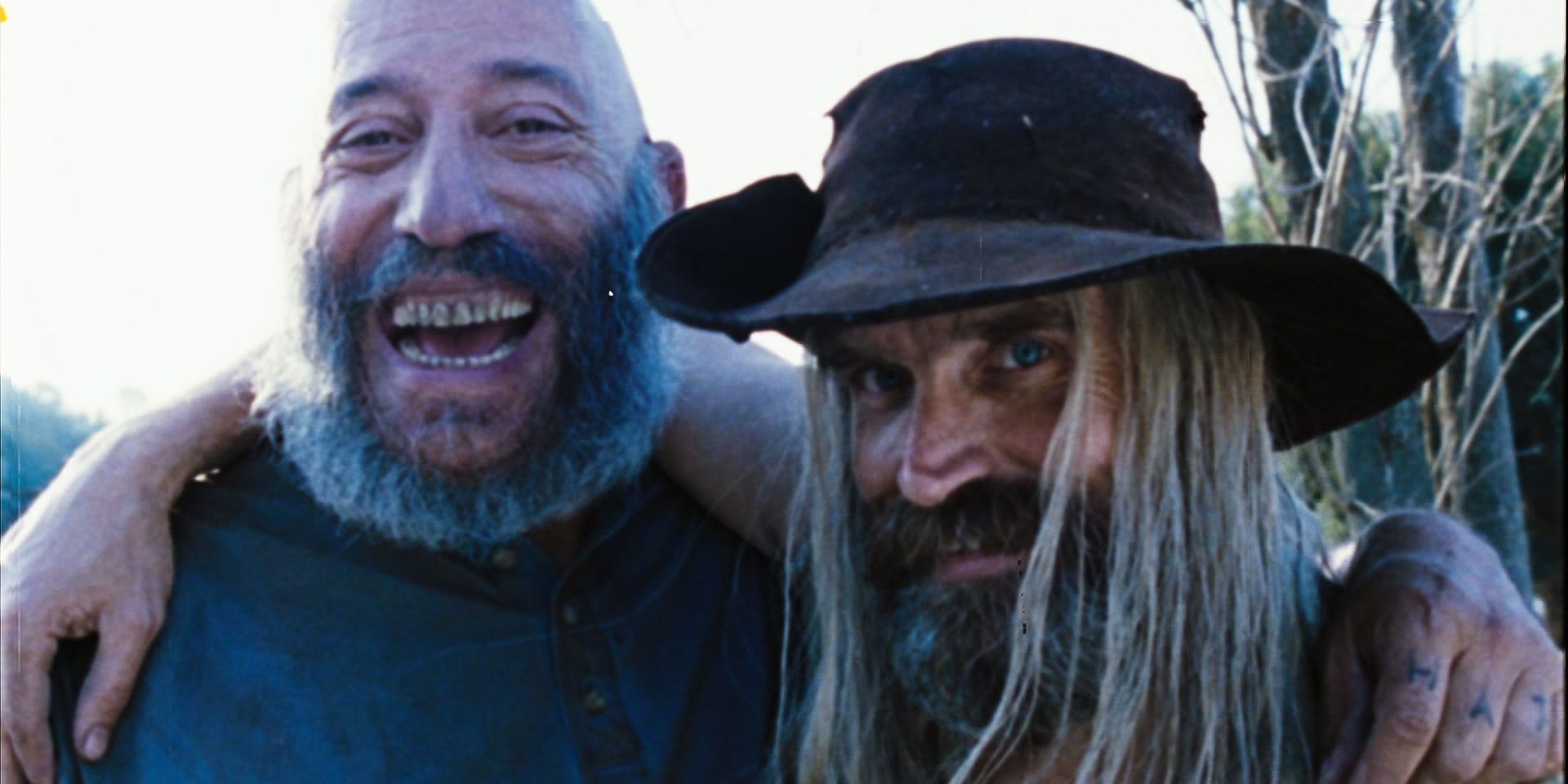
Rob Zombie clearly has a sick and twisted sense of humor, and it shows as films like The Devil's Rejects make for great black comedies too. There are sarcastic digs at cops, cult-leaders, and self-parodying jokes on the horror genre itself. The random conversations between characters like the Firefly siblings or the rants by an angry authoritarian figure like the Sheriff, such scenes add a lot of sarcastic humor to the story.
This feels like a welcome element as Zombie balances the dramatic and comedic tones well without making his films cheeky horror comedies or brooding slow-burning dramas.
3 Hurt: Over-The-Top Violence And Lack Of Atmosphere
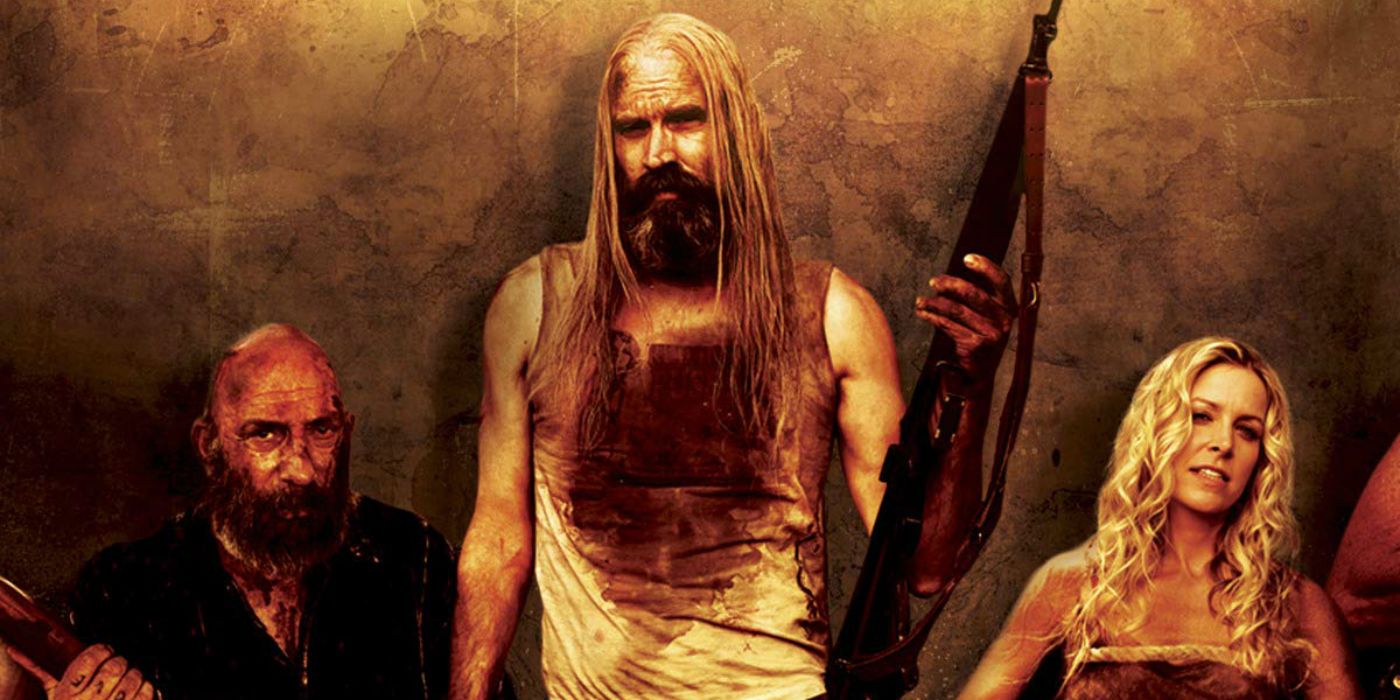
Violence can definitely be a good-enough cinematic element as long as it is used creatively. Just look at Quentin Tarantino's diverse methods of shedding pools of blood. Zombie's films initially did evoke a unique sense of hyper-violence in horror cinema, but, by now, he has overdone his violent styles to the point that his gore seems gimmicky.
Maybe he can now rework his style and emphasize some good atmospheric horror to build the thrills. Alternatively, he can use violence in the most unexpected scenes rather than adopting a blood-red color palette for the entirety of the film.
2 Revolutionized: Reworking B-Movie Thrills
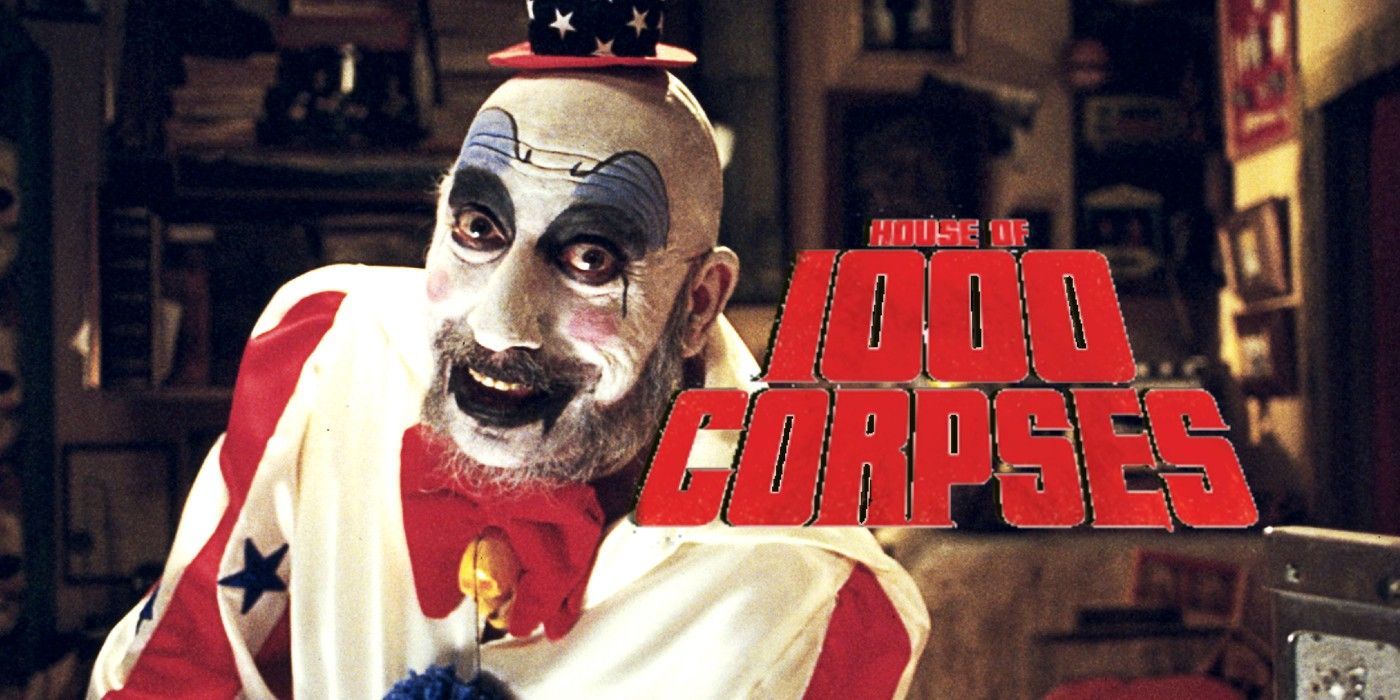
Before using B-movie styles became cool again with Robert Rodriguez's Machete or James Gunn's Slither, Rob Zombie had already brought a B-movie resurgence with House of 1000 Corpses and The Devil's Rejects. The reason why both these films seem a bit unconventional and organic as compared to the other horrors of their time was this direct influence from the yesteryear exploitation genre.
The DIY-gore and the makeup gave viewers a feeling of low-budget monster horrors or George A Romero's classic zombie films. While other Hollywood horror films were mostly remakes of Japanese films, Zombie experimented with his own lo-fi style.
1 Hurt: One-Dimensional Characters
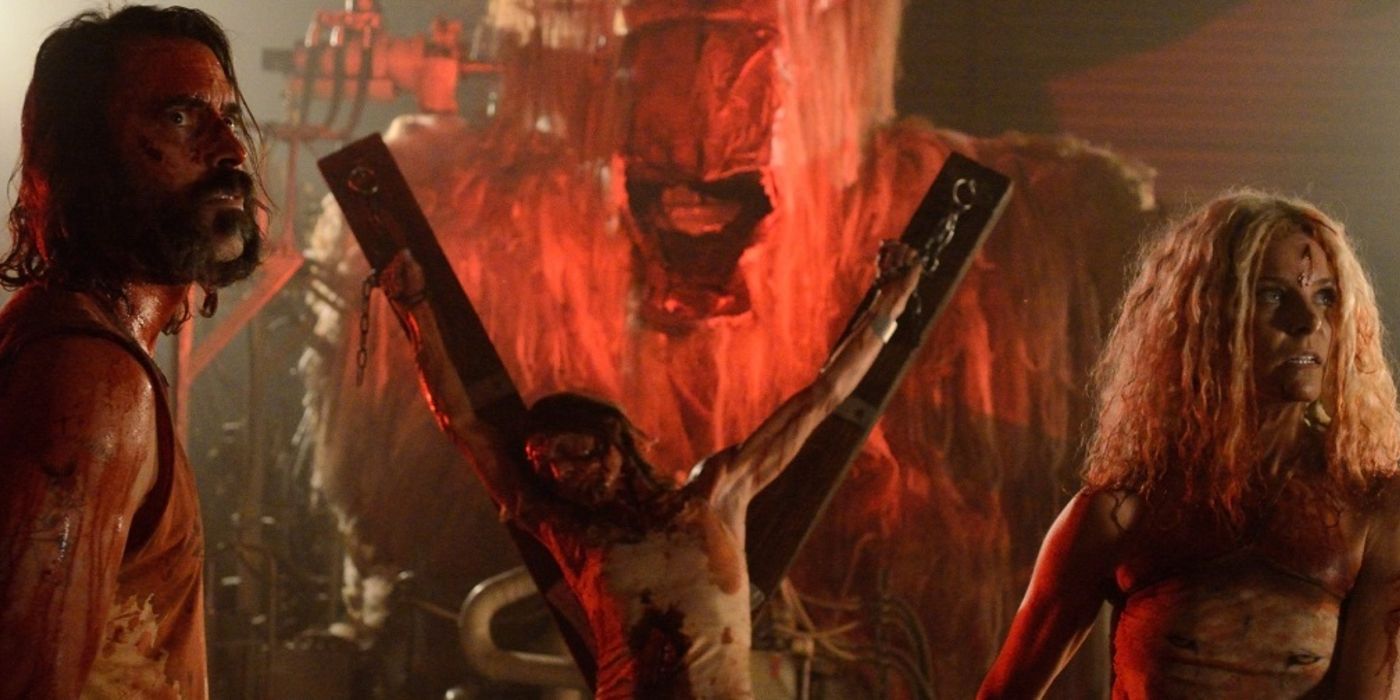
Zombie's characters are as iconic as films, chiefly due to their crazy energy and quotable dialogues. Beyond that, these characters still get slightly one-dimensional. More often than not, the audiences can expect them all to look like shabby, long-haired metal heads—Zombie himself bears this appearance) with an interest in breaking the law and torturing civilians for mundane pleasures.
The personal struggles or internal dilemmas of these characters are usually missing. This carefree, reckless attitude might seem to be apt for a few of his works, but one can expect some more detailed dissection of his characters, considering his cult status. Halloween attempted to do the same, although to a more limited extent.
from ScreenRant - Feed https://ift.tt/3mqLGzw


0 Comments